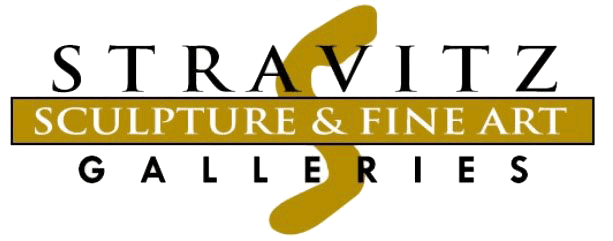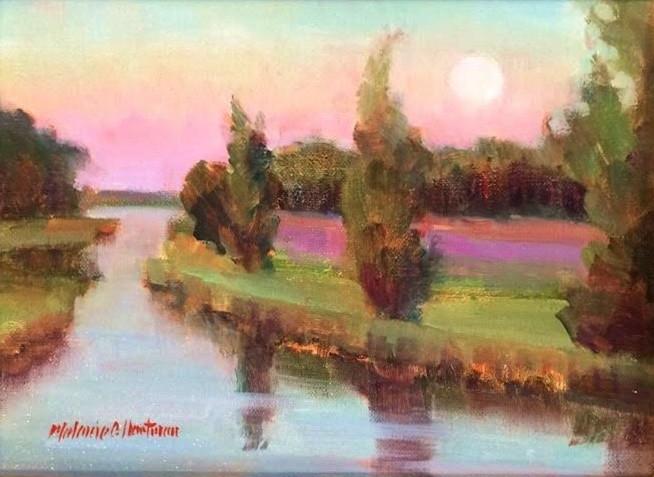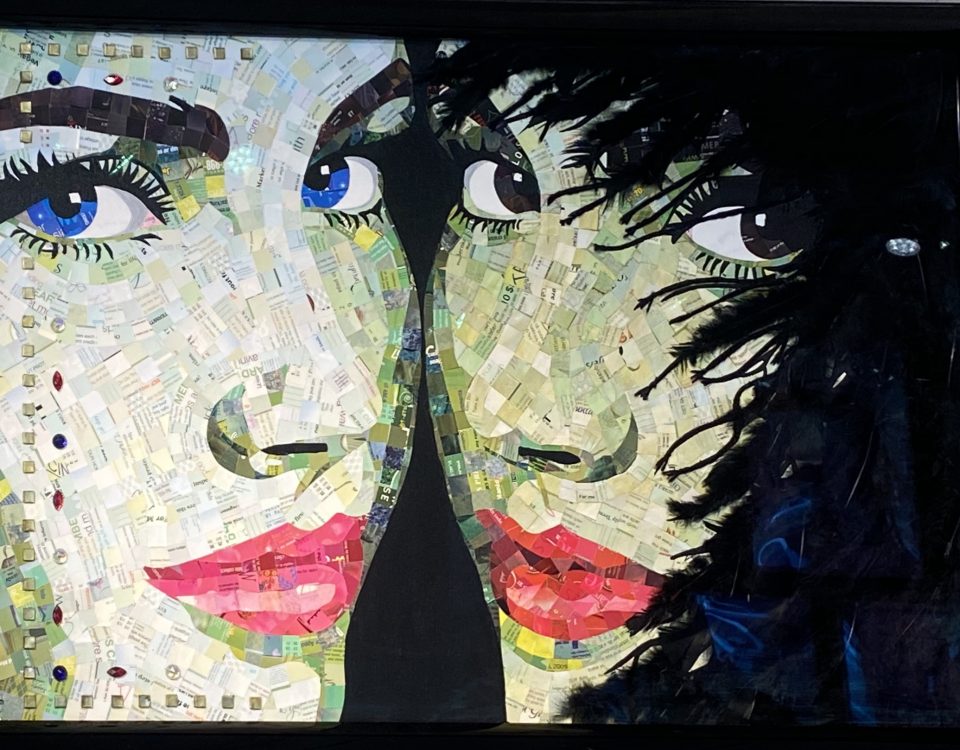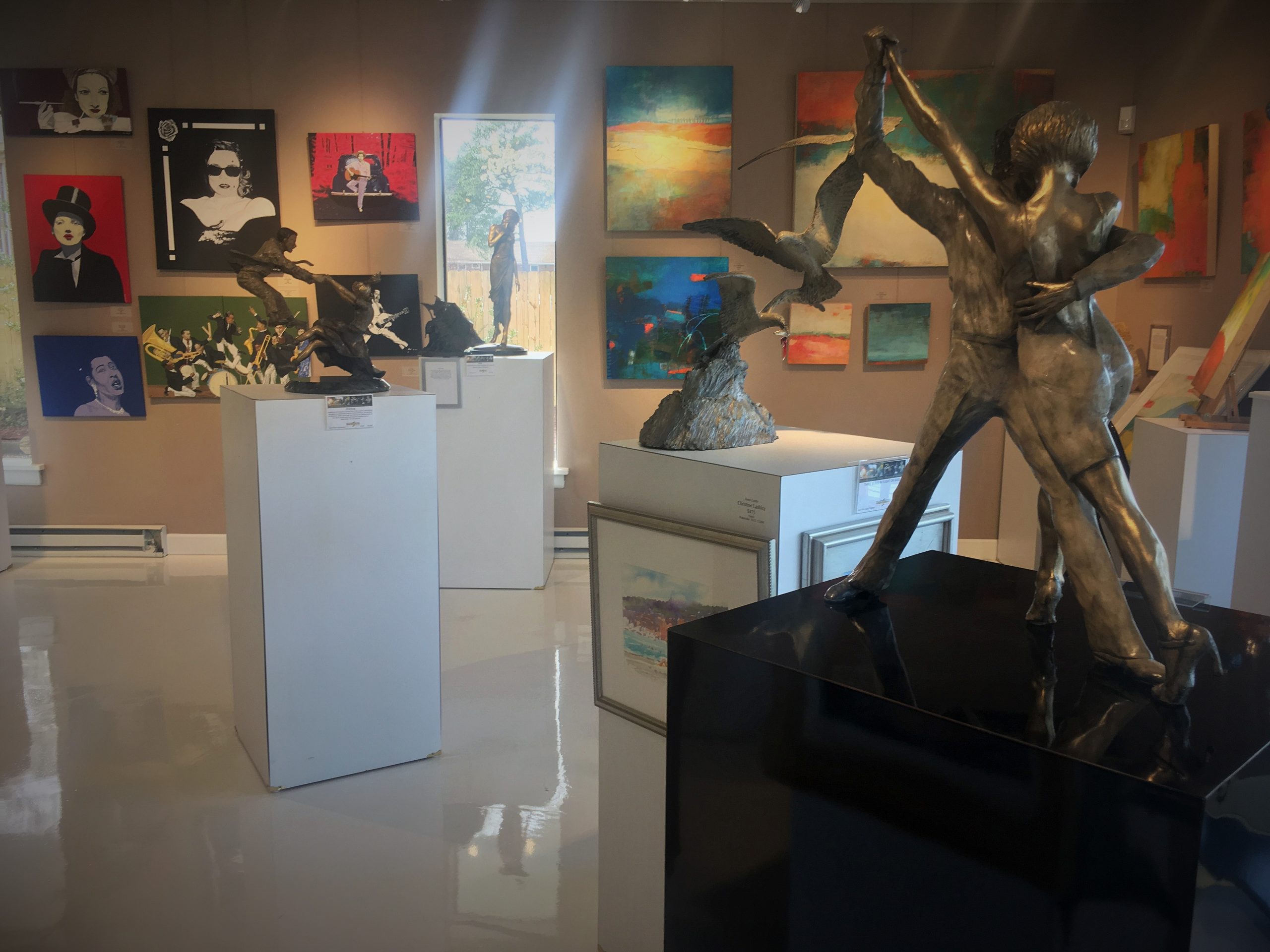
ART DOES MUCH MORE THAN COVER THE WALLS!
April 25, 2018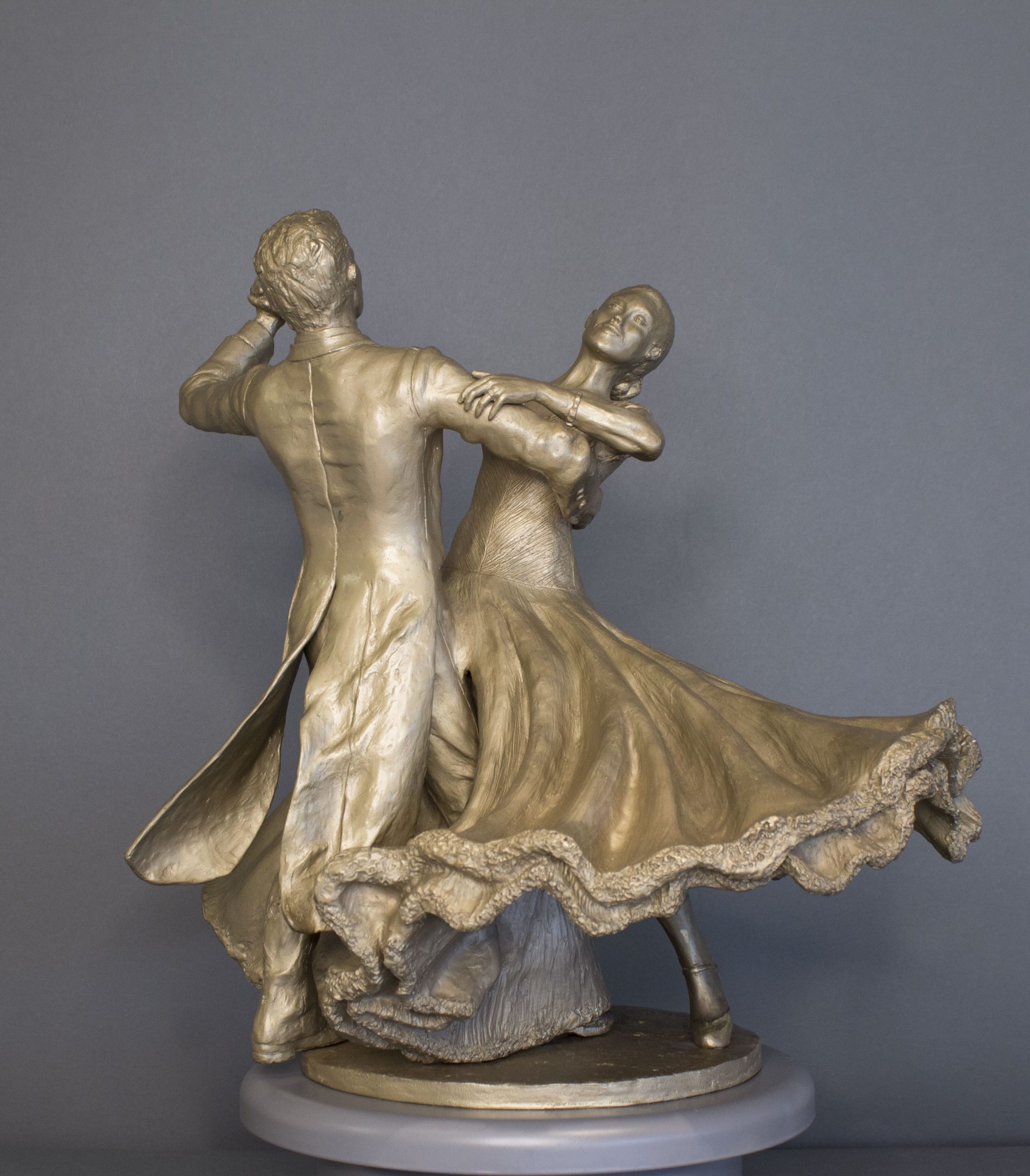
Top 10 questions to ask before you spend tens of thousands of dollars on a custom bronze sculpture (and one bonus question!)
March 16, 2020Making Art As Meditation and Healing
Many of us have heard about the benefits of meditation, but sometimes find it hard to do. Fewer of us know about the profound benefits of artistic expression. Creating art, however, is another way to access a meditative state of mind and the profound healing it brings.
“Art is a guarantee to sanity,” said Louise Bourgeois, a French-American artist who died in 2010 at the age of 98. She even went on to add, “…this is the most important thing I have said.” For Bourgeois, art — making art— was a tool for coping with overwhelming emotion. She says she remembers making small sculptures out of bread crumbs at the dinner table when she was a little girl – as a way of dealing with her dominating father. Art was more than an escape – it kept her sane.
Art therapy has a healing effect for a variety of ailments, including depression, trauma and illness; it is effective across age, gender or ethnicity. In a recent study of cancer patients, an art therapy intervention — in conjunction with conventional treatments like chemotherapy and radiation — not only diminished symptoms typically associated with cancer such as pain, fatigue and anxiety, but also enhanced life expectancy. The study, its authors said, was based on the belief that “the creative process involved in the making of art is healing and life-enhancing. It is used to help patients, or their families, increase awareness of self, cope with symptoms, and adapt to stressful and traumatic experiences.”
Art is not only healing for individuals suffering from severe illness. Here are four reasons why creative activity is such a potent recipe for psychological well-being:
- Art is a vehicle for meditation and self-connection
Most of us can understand that art provides an escape from reality, but where does art’s healing potential come from? It impacts the state of our minds: Enjoying emotional stability is largely about taking responsibility for how we feel.
Medical research has shown the power of meditation and the science behind it. One of the reasons it is so powerful is that it fosters acceptance. Creating art is a type of meditation, an active training of the mind that increases awareness and emphasizes acceptance of feelings and thoughts without judgment.
Art, like meditation, allows us to create space between our often negative, anxious thoughts and connect with our true selves – as opposed to with the fleeting or false sense of identity we sometimes have when we are caught up in our thoughts and emotions. Eckhart Tolle, spiritual teacher, writes: “Identification with thoughts and the emotions that go with those thoughts creates a false mind-made sense of self, conditioned by the past… This false self is never happy or fulfilled for long. Its normal state is one of unease, fear, insufficiency, and non-fulfillment.” Creating art is about reaching a state of consciousness and breaking free from the constant debilitating chatter of the mind.
- Art provides a feeling of flow and freedom
Much like meditation, art can help us tap into a deeper and more quiet part of ourselves. We enter into a state of flow and present-moment awareness. “All true artists, whether they know it or not, create from a place of no-mind, from inner stillness,” Tolle writes. Artists experience that creative activity has the potential to tap into a space of true consciousness of being, void of interpretation. In this space, there can be a sense of having no physical parameters; no body or form to separate one from the other.
- Art allows for true self-expression
The process of making art overrides the need for verbal communication. Creativity is its own language and enables humans to connect with one another — and themselves — on a non-verbal level. It can be an effective way of speaking the unspeakable as is shown through the use of creative therapies with children. This also explains how we can be moved to the core when looking at a work of art, or even listening to music, without necessarily knowing the specifics about its origin. Art exists within its own non-verbal parameter and thus frees us up for unadulterated self-expression.
- Art helps us become steady and centered
As a plus, it is interesting to note that Bourgeois, when asked to comment on her extensive body of work spanning her entire lifetime, says what impresses her most “is how constant [I] have been.” Perhaps we need to redefine what we consider to be a storybook happy ending. Happiness may be less a matter of experiencing sharp highs (often followed by deep lows), and more a matter of nurturing a space that provides stability and a constant connection to our true selves.
